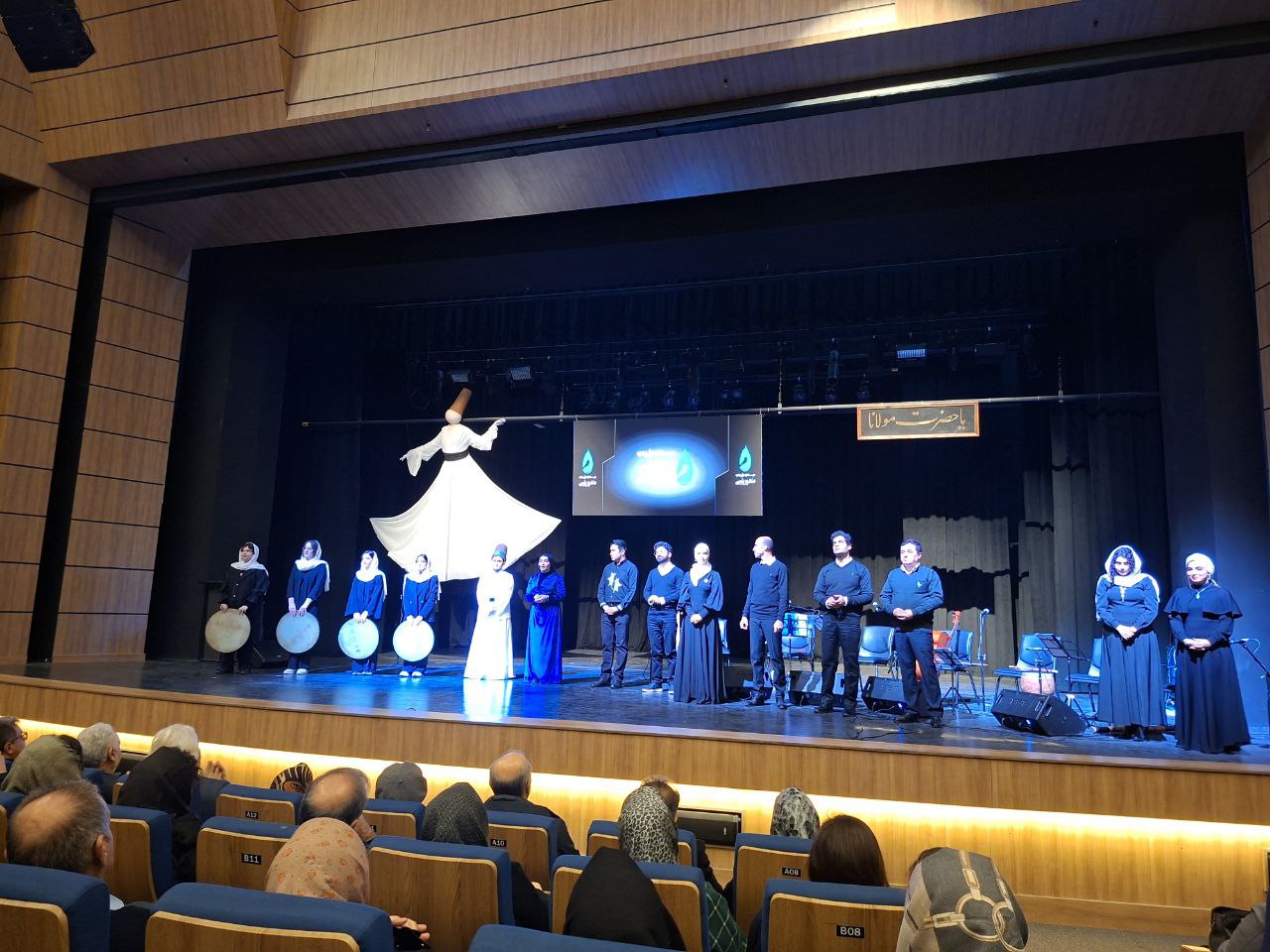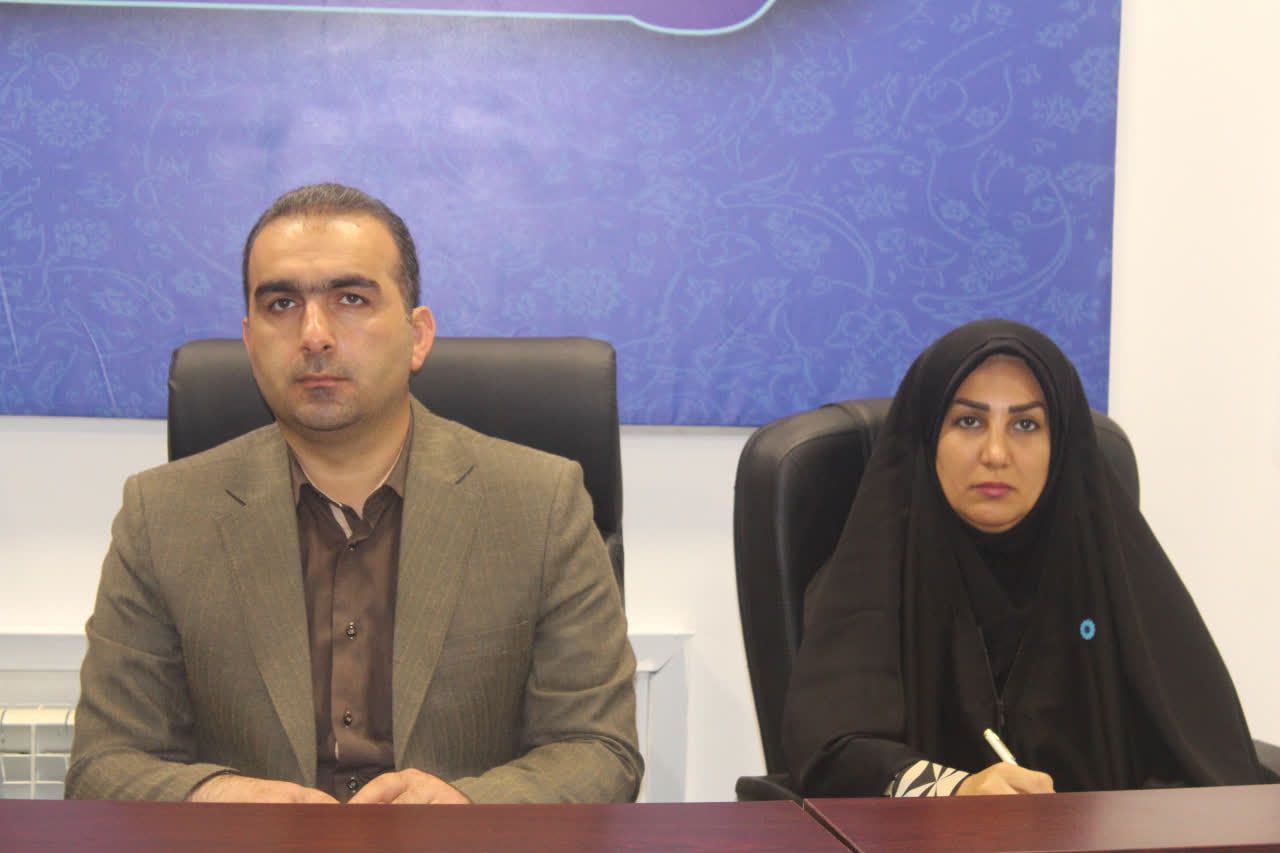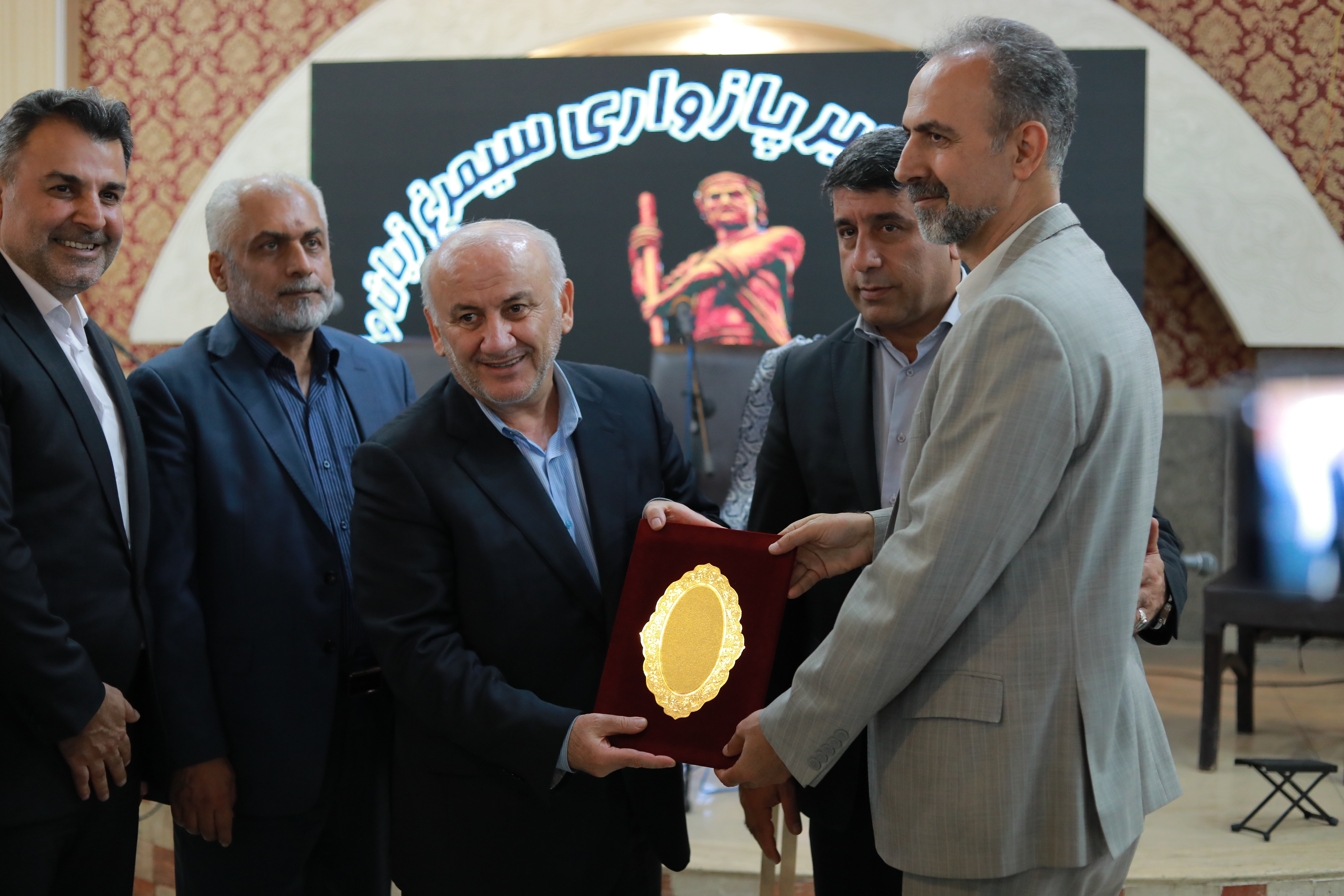آلودگي شديد در ريههاي حيات
گفتوگو بادكتر اشرفيپور،مدير كل حفاظت محيطزيست مازندران(اسدالله افلاکی)
 سالانه 1017ميليون مترمكعب فاضلاب وارد خاك و آبراههاي استان مازندران ميشود، اين در حالي است كه پروژههاي مرتبط با بخش آب و فاضلاب به دليل محدوديت اعتبارات و مسائل مالي با كندي پيش ميرود تا آنجا كه تا به امروز حتي يك پروژه سيستم تصفيه فاضلاب در استان به بهرهبرداري نرسيده است.
سالانه 1017ميليون مترمكعب فاضلاب وارد خاك و آبراههاي استان مازندران ميشود، اين در حالي است كه پروژههاي مرتبط با بخش آب و فاضلاب به دليل محدوديت اعتبارات و مسائل مالي با كندي پيش ميرود تا آنجا كه تا به امروز حتي يك پروژه سيستم تصفيه فاضلاب در استان به بهرهبرداري نرسيده است.
دكتر اشرفيپور مدير كل حفاظت محيطزيست استان مازندران در گفتوگويي با اشاره به اين كه حدود 120 شاخه رودخانه بزرگ و كوچك در استان مازندران جاري است، افزود: در حال حاضر، به دليل نبودن سيستم تصفيه فاضلاب، پساب و فاضلاب بسياري از واحدهاي صنعتي و خانگي وارد اين آبراهها شده و به دريا ميريزدكه اين امر، زيستگاه رودخانهها و دريا را به شدت تهديد ميكند.
خطر درمحيط انساني
وي معضل فاضلاب و پساب را عمدهترين معضل محيط انساني استان ذكر كرد و گفت: سالانه حدود 1017 ميليون مترمكعب فاضلاب وارد خاك و آبراههاي استان ميشود كه حدود سيوهفت دهم ميليون مترمكعب اين ميزان مربوط به پسابهاي بخش صنعت و خدمات است و 2/160 ميليون مترمكعب آن را پسابهاي شهري تشكيل ميدهد كه به آن فاضلاب بهداشتي اطلاق ميشود.به اين ميزان بايد 9/96 ميليون مترمكعب مربوط به فاضلابهاي توليدي بخش روستايي را كه آن هم از نوع فاضلاب بهداشتي است،اضافه كرد.
افزون بر اين، سالانه حدود 2/729 ميليون مترمكعب زابهاي كشاورزي ناشي از آبهاي زيرزميني در اراضي كشاورزي مصرف ميشود.
به گفته وي، در استان مازندران قريب به 400 حلقه چاه نيمه عميق و عميق وجود دارد، حال آن كه در شرايط عادي، سطح آبهاي زيرزميني استان بالاست و در نتيجه وقتي پسماندها و پسابها وارد خاك ميشود، آلودگي را گسترش ميدهد؛ از سوي ديگر حلقههاي متعدد چاه آب باعث پايين رفتن سطح آب زيرزميني و در نهايت سبب خشك شدن بعضي از اراضي كشاورزي شده است. از اين رو، براي حفظ محيطزيست و عرصههاي كشاورزي، مهار آبهاي سطحي استان به ويژه آب رودخانههاي بزرگي كه به دريا ميريزد از اولويتهاي مهم است كه بايد به آن پرداخته شود.
اشرفيپور در خصوص احداث سد بر روي رودخانههاي استان مازندران گفت: ما نه تنها با سدسازي بر روي رودخانه مخالف نيستيم، بلكه از احداث سد بر روي رودخانههاي مهم استقبال ميكنيم؛ چرا كه با احداث ديواره سد بسياري از چاهها كه به صورت ناموزون و مغاير با اصول مهندسي حفر شدهاند، ديگر نميتوانند از آب زيرزميني استفاده كنند و اين مسئله سبب ميشود به تدريج اين چاهها از ميان برود. با اين همه، معتقديم كه سدسازي بايد مبتني بر مطالعات و گزارشات ارزيابي زيست محيطي باشد، ضمن آن كه در مراجع ذيربط سازمان حفاظت محيطزيست به تصويب رسيده باشد.
مدير كل حفاظت محيطزيست استان مازندران ضمن انتقاد از كندي عمليات اجرايي پروژههاي آب و فاضلاب در اين استان گفت: در بخش فاضلابهاي شهري و روستايي استان، پروژهها به كندي پيش ميرود و به رغم پروژههاي مطلوبي كه در اين زمينه در شركت آب و فاضلاب شهري طراحي شده متأسفانه به دليل محدوديت اعتبارات و مسائل مالي اجراي آن تقريباً متوقف شده، تا آنجا كه حتي يك پروژه سيستم تصفيه فاضلاب تا به امروز در استان مازندران به بهرهبرداري نرسيده است. در بخش آب و فاضلاب روستايي هم اعتبارات به اندازهاي ناچيز است كه بهتر است اين شركت را «شركت آب روستايي» بناميم نه شركت آب و فاضلاب روستايي؛ چرا كه حتي يك پروژه فاضلاب روستايي هم در دست اجرا نيست، كما اين كه در بخش آبرساني روستاها هم تعداد پروژهها بسيار محدود است.
اشرفيپور ميگويد: پس از بررسيهاي متعدد و كار كارشناسي دريافتيم كه در بخش آب و فاضلاب روستايي عملاً برنامه خاصي وجود ندارد و در بخش آب و فاضلاب شهري، محدوديتهاي مالي به گونهاي است كه حتي اگر شركت آب و فاضلاب شهري بخواهد نيمي از پروژههاي خود را اجرا كند با اعتبارات فعلي و وضعيت موجود حداقل به 10 سال زمان نياز دارد. از همين رو، ما نميتوانيم ساكت بنشينيم و شاهد آن باشيم كه هر ساله اين حجم فاضلاب وارد آب و خاك استان شود. البته با هماهنگي مقامات استاني مقرر شده، از اين پس تمام ساخت وسازها بايد به سپتيك و تانك چاه جاذب مجهز شود. در غير اين صورت شهرداريها و بخشداريها از صدور پروانه پايان كار خودداري خواهند كرد.
خطر سموم نباتي و كود
دكتر اشرفيپور، مديركل حفاظت محيطزيست استان مازندران ميگويد: آنچه امروز استان را در معرض خطر جدي قرار داده و نه تنها محيطزيست بلكه بهداشت محيط را تهديد ميكند، ميزان سم و كودي است كه در اراضي كشاورزي و باغات استان مصرف ميشود.
وي ضمن انتقاد از نبود يك برنامه نظاممند براي بهبود و اصلاح سيستم مديريت كشاورزي ميافزايد: تا به امروز در كل كشور، يك كار مهندسي نظاممند در خصوص بهبود و اصلاح سيستم مديريت كشاورزي انجام نگرفته و اين ضرورتي است كه از آن غفلت شده است؛ چرا كه ما براي بالا بردن راندمان بخش كشاورزي اگر مزيت نسبي محصولات را نسبت به هم بسنجيم و هر محصولي در جاي خود كشت شود و در پي آن، مراقبتها به نحو مطلوب انجام شود و مرحله داشت كشاورزي به صورت داشت مكانيكي و داشت بيولوژيكي صورت بگيرد، ديگر نيازي به اين مقدار مصرف سم و كود شيميايي نخواهيم داشت.
به گفته وي، سالانه حدود دو ميليون و 71906 ليتر انواع حشرهكش، علف كش و قارچكش در سطح استان مازندران مصرف ميشود كه به اين ميزان بايد 3000 تن انواع گرانول را كه به صورت كود استفاده ميشود، اضافه كرد؛ با اين احتساب رقم قابل توجهي به دست ميآيد كه در بروز بسياري از بيماريهاي رايج در استان نقش دارد. به ويژه بيماري آسم از بيماريهاي شايع در استان است، در حالي كه وجود درختان و فضاي سبز بايد سبب توليد اكسيژن خالص شود و مردم با استنشاق آن نبايد مبتلا به بيماري آسم شوند.
با اين همه، شمار قابل توجهي از مردم استان مبتلا به بيماري آسم و بيماريهاي ريوي و گوارشي هستند كه بيترديد ميزان زياد مصرف سم و كود در آن بيتأثير نيست.(hamshahri)
- يکشنبه 22 بهمن 1385-0:0
Salam va arz e khasteh nabasjid behamegee e doostaan.
Just a reminder that I do not have the Farsi fonts so I have to write a few lines in English about this article.
Unfortunately the issue of wastewater treatment is increasingly growing all over the world and has become a major challenge for the majority of local and even some national governments.
There are some methodologies have been developed since the 1980's that I like to emphasis.
The use of "Watershed Planning"
techniques in order to cross the Provinicial political boundaries and look at the water problems of a region based on the area which major or important river Basins are, rather than what province is responsible, politically. Using this method may bring people of two different province who reside within the same river basin boundaries to discuss and resolve issues relating to water.
These techniques, as I mentioned earlier, are generally called Ecosystem-based Approaches to Environmnetal Management and, Watershed Planning, in particular. An important aspect of watershed planning is "Source Water Protection". That means protecting the source of the water from possible pollutants would proactively prevent the need for water or wastewater treatment systems. Good examples of Source Water Protection Plans are introduction of "Nutrient Management" program, "Pest Control" Program that focuses on Agricultural Operations and methods improvement.
I tend to disagree with the article where it mentions introduction of mechanized agriculture and biotechnology will eliminate the need for chemical fertelizers and pesticides.
The experience in the West has shown and proved that although those methods may have improved the crop yeild but have had major systematic impacts. for example, these methods failed to eliminate the need for chemical fertelizers and have increased the need for pecticides since extensive mono-cropping is extermely prone to disease. Also lower food quality of Genetically Modified Foods will likely to bring human and animal disease which the cost of its health impact and treatment must be projected over long-term and be accounted for.
As you may have noticed, the problem of Wastewater generation and handling takes a systematic approach to deal with. These are sereis of interconnected and inter-related problems that can not be effectively addressed at a piece-meal bases.
A wholistic approach such as the Watershed-based Planning is required to look at the big picture problem and investigate its root-causes.
I am both happy and sad to read this article.I am happy to see that environmental awareness and an urge to protect it strongly exist in Irannian and Islamic culture and sad to find and see the short comings.
I hope this article would bring to surface a strong environmnetal agenda for the beautiful Province of Masandaran, to save its unique natural environmnet.
Be omid e movafa'ghiat
Bahram Amintorabi. - يکشنبه 22 بهمن 1385-0:0
Salam va arz e khasteh nabasjid be hamegee e doostaan.
Just a reminder that I do not have the Farsi fonts so I have to write a few lines in English about this article.
Unfortunately the issue of wastewater treatment is increasingly growing all over the world and has become a major challenge for the majority of local and even some national governments.
There are some methodologies have been developed since the 1980's that I like to emphasis.
The use of "Watershed Planning"
techniques in order to cross the Provinicial political boundaries and look at the water problems of a region based on the area major or important river nasins are rather than what province is responsible politically. using this method may bring people of two different provive who reside within a river basin boundaries to discuss and resolve issues relating to water.
These techniques as I mentioned are generally called Ecosystem-based Approaches to Environmnetal Management and Watershed Planning in particular.
Another important aspect of watershed planning is "Source Water Protection". That means protecting the source of the water from possible pollutants would proactively prevent the need for water or wastewater treatment systems. Good examples of Source Water Protection Plans are introduction of "Nutrient Management" program, "Pest Control" Program that focuses on Agricultural Operations and methods improvement.
I tend to disagree with the article where it mentions introduction of mechanized agriculture and biotechnology will eliminate the need for chemical fertelizers and pesticides.
The experience in the West has shown and proved that although those methods may have improved the crop yeild but have had major systematic impacts. for example, these methods failed to eliminate the need for fertelizers and increased the need for pecticides since extensive mono-cropping is extermely prone to disease. Also lower food quality of Genetically Modified Foods will likely to bring human and animal disease which the cost of its health impact and treatment must be projected over long-term and be accounted for.
As you may have noticed, the problem of Wastewater generation and handling takes a systematic approach to deal with. These are sereis of interconnected and inter-related problems that can not be effectively addressed at a piece-meal bases.
A wholistic approach such as the Watershed-based Planning is required to look at the big picture problem and investigate its root-causes. I am both happy and sad to read this article.
I am happy to see that environmental awareness and urge strongly exist in Irannian and Islamic culture and sad to find and see the short comings.
I hope this article would bring a strong environmnetal agenda for the beautiful Province of Masandaran, to save its unique natural environmnet.
Be omid e movafa'ghiat
Bahram Amintorabi.










 فرماندار میاندورود:
فرماندار میاندورود:  در حکایت خاکسپاری رضا یحیایی؛ نقاش و مجسمه ساز جهانی ایران
در حکایت خاکسپاری رضا یحیایی؛ نقاش و مجسمه ساز جهانی ایران  تبیین جامعه شناختی قتل پدر درساری
تبیین جامعه شناختی قتل پدر درساری 